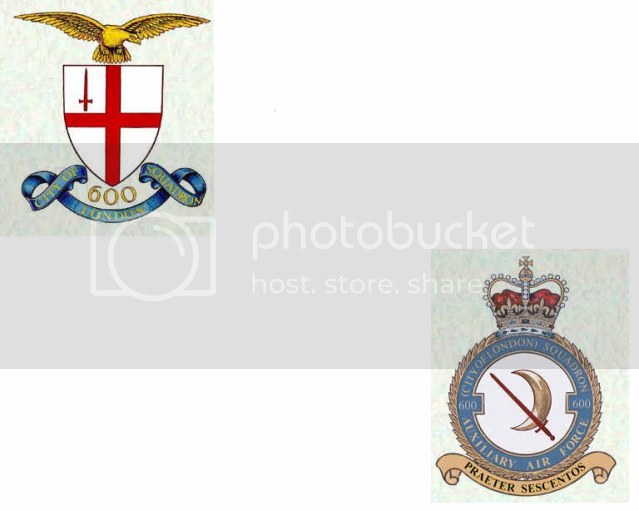The Bristol Blenheim, the most plentiful aircraft in the RAFs inventory when WWII began, was designed by Frank Barnwell, and when first flown in 1936 was unique with its all metal monoplane design incorporating a retractable undercarriage, wing flaps, metal props, and supercharged engines. A typical bomb load for a Blenheim was 1,000 pounds. In the early stages of the war Blenheims were used on many daylight bombing missions. While great heroism was displayed by the air crews, tremendous losses were sustained during these missions. The Blenhiem was easy pickings at altitude for German Bf-109 fighters who quickly learned to attack from below. To protect the vulnerable bellies of the Blenheims many missions were shifted to low altitude, but this increased the aircrafts exposure to anti-aircraft fire.
[U]Specifications[/U]
Type: Fighter/ Fighter Bomber
Power Plant: 2x Bristol Mercury VIII 840hp radial
Max Speed (Sea Level): 237 mph (381 Kph)
Max Speed (10,000 ft): 263 Mph (423 Kph)
Crusing Speed: 215 Mph (346 Kph)
Max Range: 1,050 miles (1,690 Km)
Armament (Port Wing): 1x .303 Browning Machine Gun
Armament (C Fairing): 4x Browning Machine Guns
Armament (Turret) 1x Vickers K303 machine Gun
Wingspan: 56ft 4in
Length: 39ft 9in
height: 9ft 10in
[U]600 Squadron RAF[/U]
No. 600 (City of London) Squadron RAuxAF is a squadron of the Royal Auxiliary Air Force. Formed in 1925 as a reserve squadron recruiting from the vicinity of London to supplement the Royal Air Force's strength in time of war, 600 Squadron operated as a night fighter squadron during the Second World War. After the end of the war, it reverted to a reserve squadron, flying day fighters until the Royal Auxiliary Air Forces flying squadrons were disbanded in 1957.
No 600 is the only squadron in the RAF to have two official badges
In front of an increscent, a sword on bend
The crescent moon represents thesquadron's night-fighter activities whilst the sword commemorates the connection with the city of London
The City of London arms, overflown by an eagle
Also known as 'the dust-cart crest'

[U]Motto[/U]
Praeter sescentos (Translation: "More than six hundred")
[U]The Kit[/U]



Kit decals (No to be used)

Resin kit parts and Photo etch

The cockpit Mask

Owl Decals




























